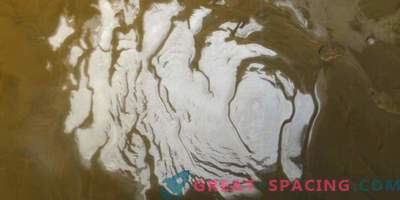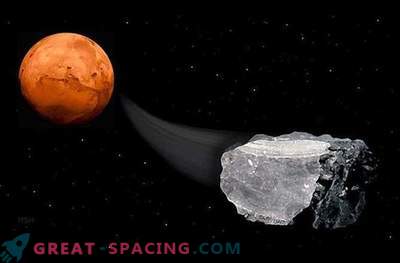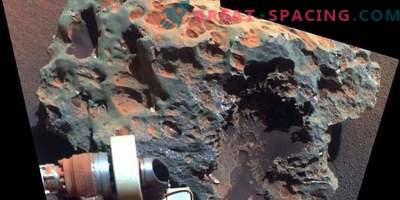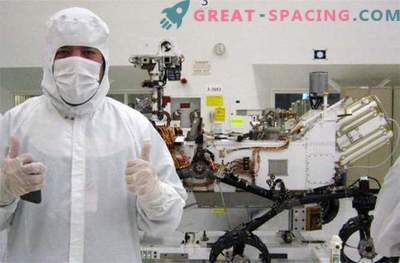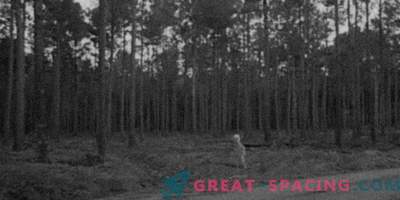
Inactive permafrost in the Antarctic region found inactive microbes that could make a breakthrough in the search for life in similar regions of Mars.
A group of researchers tested microbial activity that did not produce results at temperatures below the freezing point in a region called the University Valley, located in the Dry Valleys of McMurdo Antarctica. However, in some places with temperatures just above freezing (5 degrees Celsius or 41 Fahrenheit), the same team found 5 bacteria and one type of yeast.
“Detection of activity at such temperatures means that at least part of the biomass in the soil of the University Valley is viable, and these cells are likely to be dormant and survive until more favorable conditions appear,” - Jackie Gurdial.
However, she recognized that if only a few cells were active in the permafrost, then some bacteria could not detect her devices. “We also analyzed activity using the same tests that are commonly used to study the environment in permafrost, and which are usually successful,” added Gurdial, Ph.D., who defended his doctoral dissertation in environmental microbiology at McGill University in Montreal, Canada . The McMurdo Valleys look like the Phoenix landing site on Mars, which is also at a high altitude, near the pole (in this case, the north). However, microbes were found on Earth in colder places.
According to Gurdial, Planococcus halocryophilus, found in the permafrost on Ellesmere Island in Canadian Arctic latitudes, is considered to be the “champion”. It multiplies at temperatures up to -15 degrees Celsius (5 Fahrenheit), and maintains metabolism, at temperatures up to -25 degrees Celsius (-13 Fahrenheit). Thus, new discoveries present us with small surprises.
“We also hope to return to the University Valley to investigate a greater number of deep samples from this site, and see if the deeper and older permafrost is really“ dead ”, which is our working hypothesis,” said Gurdial.
“Our results show that the ever-frozen ground of the Valley of Universities is the best analogue for the development and testing of tools for detecting life and biosamples, in order to send them to Mars and Europe and Enceclade in the future,” she added, referring to Jupiter and Saturn’s moons (respectively).
“McMurdo was the best region to search for germs. Most of the literature, ”says Gurdial,“ is focused on the lower and middle heights, on which there are more diverse microbes. Of the “most microbial” areas, Lake Willins and Blood Falls stand out. ” Even on the boulders of the University Valley there are cryptoendolites (microbes hiding in stones) in the places heated by the Sun and absorbing moisture. Internal and elevated areas tend to have colder, drier, and more severe conditions.
“We believe that stones can maintain an active life, and the soil cannot, due to warmer and more humid conditions. The work shows that using the same activity tests as for the soil, we can detect microbial activity in the crypto-endolytic community at temperatures down to -20 ° C (-4 ° F), so they are certainly better adapted to the cold, ”said Gurdial.
“I also want to add that we cannot consider the lower dry valleys as a valid analogue of Mars. Do not look for life where it is easy to find. We need to focus on those areas where it is very difficult to detect living organisms. We need to test methods and approaches in difficult places before searching on Mars. ”
Jackie Gurdial's research is published in The ISME.

